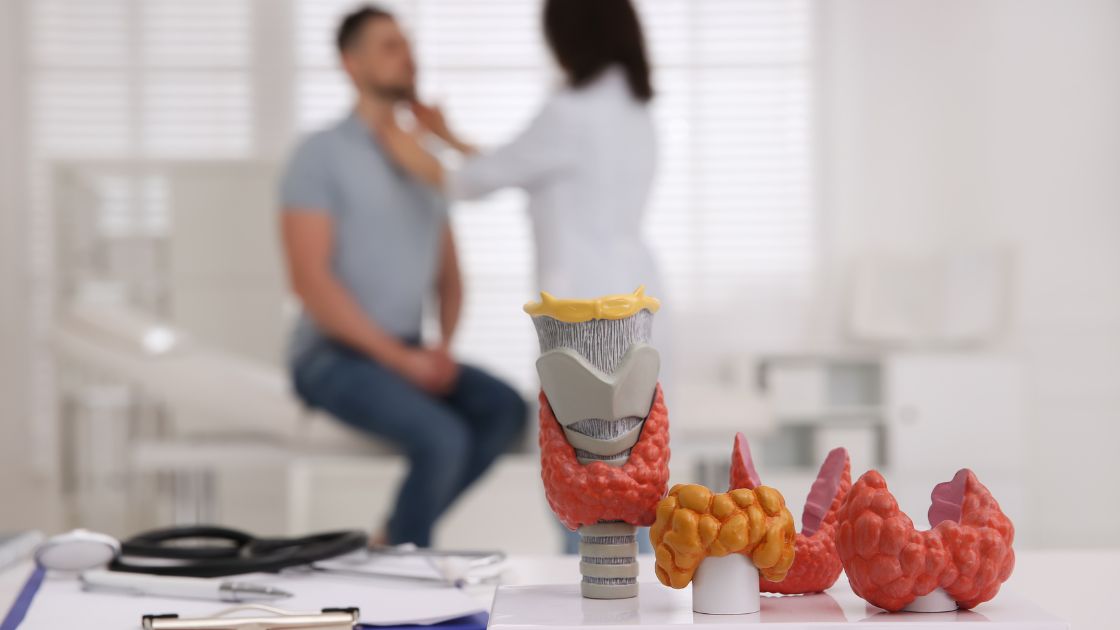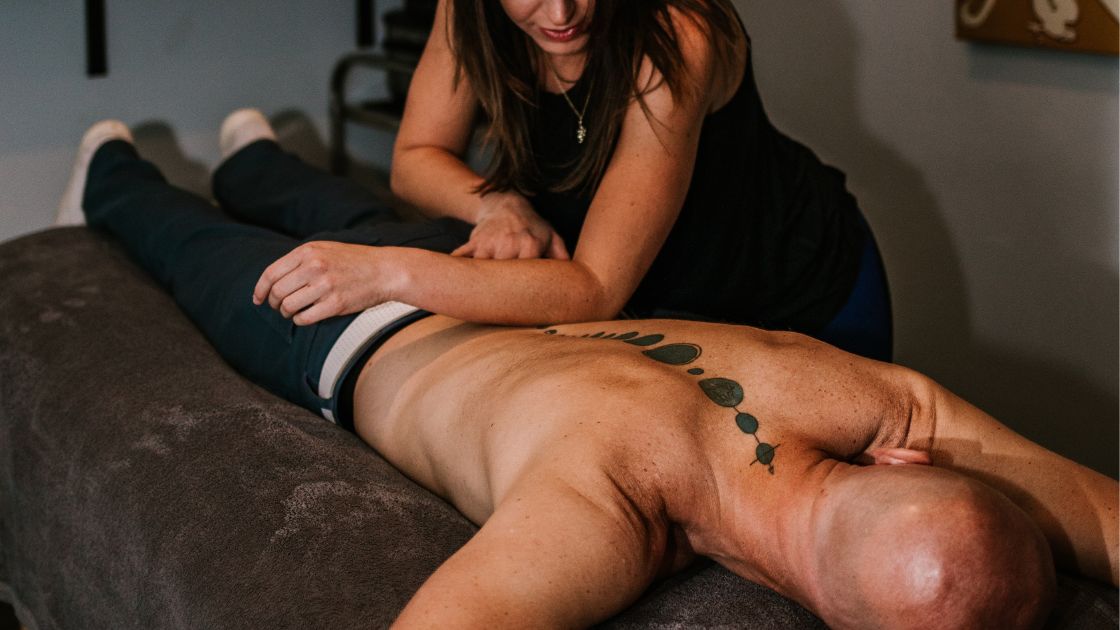Mouse Elbow: Elbow Pain From Working at a Desk

If you thought that as a desk devotee you would only have to deal with neck pain, upper back pain, low back pain, and headaches (whew!) then it’s time to meet Mouse Elbow.
Before you reach to call the exterminator, I’ll let you in on a little secret: it’s the same thing as tennis elbow, but without all the running and grunting. There’s usually pain and/or tenderness in the tissues around the top of the elbow and pain when playing tennis, typing at a computer, or during any activity that especially loads up the forearm extensors (the muscles on top of the forearm).
What is Mouse Elbow Pain?
Mouse elbow is technically termed lateral epicondylitis, or inflammation of the tendons around the lateral epicondyle (that bony bump on the side of your elbow). This term is slightly misleading though because it has not been demonstrated that any substantial inflammation remains in the tendons during lateral epicondylitis; there may be some slight inflammation in the muscles and possibly the tendons immediately after the injury, but it does not seem to linger to any significant degree.[1]
What really seems to be going on is degeneration from repetitive strain. Sitting at a computer with elbows bent, wrists angled, and fingers typing wears down the muscles and their tendinous attachments that run from hand to elbow. This tendon degeneration is more frequently described as “tendinopathy” or “tendinosis” which are very technical terms meaning, “something is wrong with this tendon.”
How to Treat Elbow Pain?
“But I can’t quit my job! So how can I get out of this mess?” There’s good news, bad news, and some ok news.
Here’s the good news: most of the treatment methods for tennis/mouse elbow are simple and inexpensive. The bad news: it’s not totally clear whether any of them are more effective than a placebo. The ok news is that a placebo can be a very powerful thing so it’s worth trying methods that barely cost a penny if they still have results. Here are four remedial steps, most of which are free and easy to do at home.
1. Rest
I know that resting is about as desirable as watching a congressional hearing every day, but if you have a repetitive strain injury (RSI) part of your body is literally falling apart (that darn degeneration). It’s signaling you with red flags of pain to cease and desist, so take your body’s wisdom seriously. Even a week of resting as much as you can will make a difference.
2. Active Recovery
Active recovery is basically just a fancy way of saying “exercise.” A combination of mobilizing and strengthening exercises are healthy for proper circulation and muscle tone, though they should be done in balance with rest. The specific kind of exercise that you want is an eccentric contraction in which you load up the muscle(s) then slowly release the tension while lengthening the muscle. This has been shown to be very effective for RSIs. This one-minute video shows how to do the exercise for tennis elbow.
Note that the woman in the video is exercising her RIGHT arm so simply reverse handholds if your left arm is the affected arm. It’s recommended to do 3 repetitions of 15 sets every day, but if you have severe pain and degradation it’s better to start with one rep of 15 each day and see how you feel.
3. Isometric Contraction
This one is a bit more funky and has one unreplicated study supporting it, but it’s free and easy so YOLO. [2] This small experiment showed that clenching the forearm muscles for about a minute had substantial pain reducing effects that lasted for at least 45 minutes. You could try this one throughout the workday for tension relief.
4. Massage
Admittedly this step isn’t free, but massage for elbow pain can be powerful for accelerated recovery. Trigger points, adhesions, and muscle tension are all common factors in RSIs, and massage is the best-known way of addressing each of these. With techniques such as Active Release, Proprioceptive Neuromuscular Facilitation, and “Muscle Flushing” you will likely see results faster than if you take any of the 3 above-mentioned steps alone.
Moyer Total Wellness Is Here to Help Treat Your Elbow Pain!
Jobs that require long hours at a computer are all too common these days, as well as the stresses and strains that clunk along with them. If you find yourself fraying beneath the gnawing bite of mouse elbow, call to schedule a personalized treatment plan with one of our health professionals.
Written by: Emily Arnold, LMT
Photo Credit: Canva
Resources:
[1] Andres BM, Murrell GA. Treatment of tendinopathy: what works, what does not, and what is on the horizon. Clin Orthop Relat Res. 2008; 466(7):1539–1554.
[2] Rio E, Kidgell D, Purdam C, et al. Isometric exercise induces analgesia and reduces inhibition in patellar tendinopathy. Br J Sports Med. 2015 Oct;49(19):1277–83.





